House at the Good Shepherd
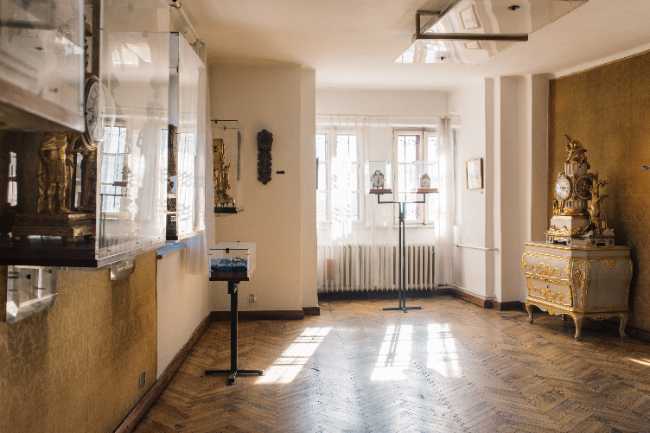
Tucked beneath Bratislava Castle, the House at the Good Shepherd is a rare gem of Rococo architecture, built between 1760 and 1765 for a local merchant. Its narrow, trapezoidal façade and ornate details give it a fairy-tale charm, making it one of Central Europe’s most admired historic buildings. Today, it hosts the Museum of Clocks, showcasing timepieces from the late 17th to early 20th centuries. The collection includes mobile sundials, alarm clocks, and intricately crafted wall and wristwatches, many signed by Bratislava’s master clockmakers. Originally used for trade and living, the building was carefully restored in the 1970s to accommodate the museum, preserving its historical integrity while adapting the interior for exhibitions. Highlights include trompe l’oeil window paintings and the symbolic statue of the Good Shepherd. This museum offers a quiet yet captivating journey through the artistry of timekeeping, set within one of Bratislava’s most picturesque historic houses.
Bratislava SlovakiaThe House at the Good Shepherd, home to the Museum of Clocks in Bratislava, is situated at Židovská Street No. 1 in the historic Old Town area beneath Bratislava Castle. Constructed between 1760 and 1765 by master mason Matej Hollrigl, this narrow Rococo-style townhouse is one of the few original buildings surviving from the former Jewish quarter, which was largely demolished in the 20th century. The museum showcases an extensive collection of antique clocks from the 17th to early 20th centuries, with a special emphasis on 18th- and 19th-century timepieces crafted by Bratislava’s master clockmakers. The building's cellars and ground floor historically served commercial and craft uses, while the upper floors were residential. Nearby landmarks include the imposing Bratislava Castle just uphill, the Gothic St. Martin's Cathedral across the street, and the Old Town’s charming streets filled with cafés and cultural sites. The location blends architectural heritage and cultural vibrancy, making it a captivating stop for visitors interested in history, art, and craftsmanship within Bratislava’s urban fabric.
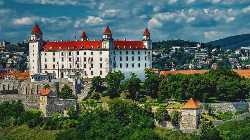 Bratislava Castle
Bratislava
Bratislava Castle
Bratislava
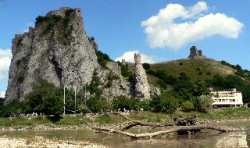 Devín Castle
Bratislava
Devín Castle
Bratislava
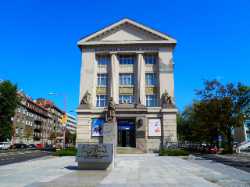 Slovak National Museum
Bratislava
Slovak National Museum
Bratislava
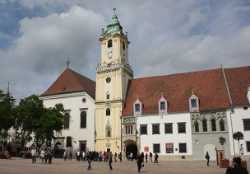 Bratislava City Museum
Bratislava
Bratislava City Museum
Bratislava
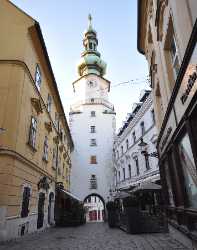 Museum of Arms
Bratislava
Museum of Arms
Bratislava
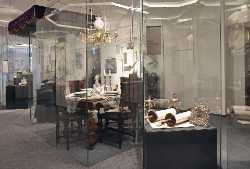 Museum of Jewish Culture
Bratislava
Museum of Jewish Culture
Bratislava
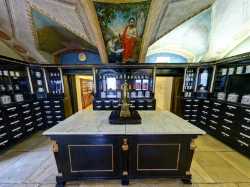 Red Crayfish Pharmacy
Bratislava
Red Crayfish Pharmacy
Bratislava
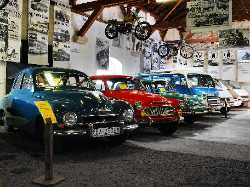 Bratislava Transport Museum
Bratislava
Bratislava Transport Museum
Bratislava
 Danubiana Meulensteen Art Museum
Bratislava
Danubiana Meulensteen Art Museum
Bratislava
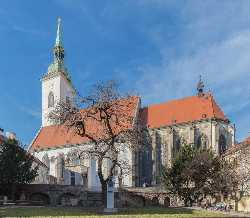 St. Martin’s Cathedral
Bratislava
St. Martin’s Cathedral
Bratislava
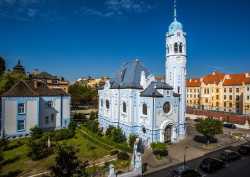 The Blue Church - Church of St. Elizabeth
Bratislava
The Blue Church - Church of St. Elizabeth
Bratislava
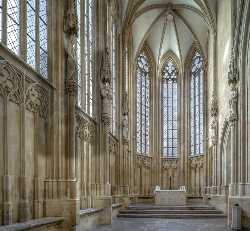 Františkánsky kostol Zvestovania Pána
Bratislava
Františkánsky kostol Zvestovania Pána
Bratislava
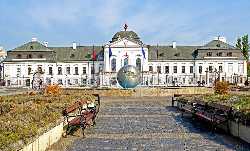 Grassalkovich Palace
Bratislava
Grassalkovich Palace
Bratislava
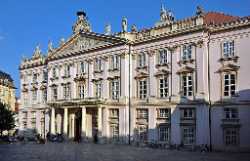 Primate’s Palace
Bratislava
Primate’s Palace
Bratislava
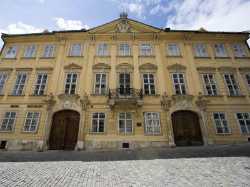 Mirbach Palace
Bratislava
Mirbach Palace
Bratislava
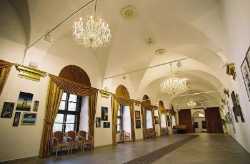 Pálffy Palace
Bratislava
Pálffy Palace
Bratislava
 Sad Janka Kráľa
Bratislava
Sad Janka Kráľa
Bratislava
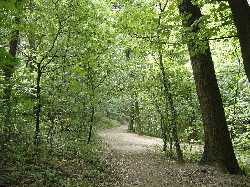 Horský Park
Bratislava
Horský Park
Bratislava
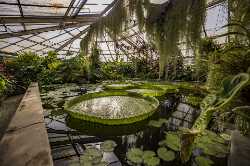 Botanical Garden of Comenius University
Bratislava
Botanical Garden of Comenius University
Bratislava
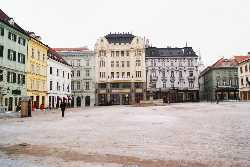 Hlavné námestie
Bratislava
Hlavné námestie
Bratislava
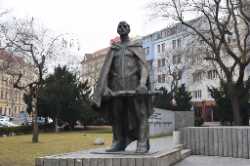 Slovak National Uprising (SNP) Square
Bratislava
Slovak National Uprising (SNP) Square
Bratislava
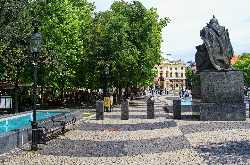 Hviezdoslav Square
Bratislava
Hviezdoslav Square
Bratislava
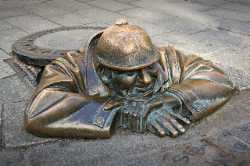 Čumil
Bratislava
Čumil
Bratislava
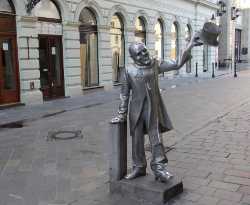 Statue of Schöner Náci
Bratislava
Statue of Schöner Náci
Bratislava
 The Slavín War Memorial
Bratislava
The Slavín War Memorial
Bratislava
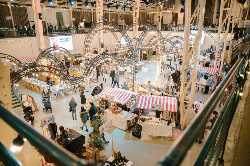 Bratislava Old Market Hall
Bratislava
Bratislava Old Market Hall
Bratislava
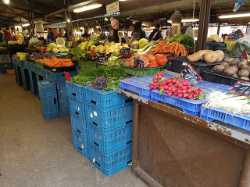 Miletičova Market
Bratislava
Miletičova Market
Bratislava
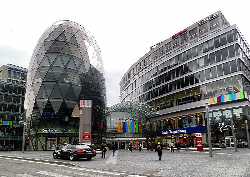 Eurovea Galleria
Bratislava
Eurovea Galleria
Bratislava
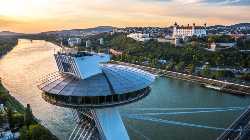 UFO Observation Deck
Bratislava
UFO Observation Deck
Bratislava
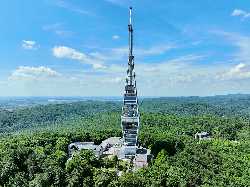 Kamzík TV Tower
Bratislava
Kamzík TV Tower
Bratislava
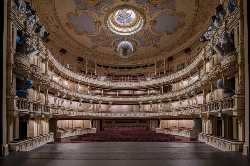 Slovak National Theatre
Bratislava
Slovak National Theatre
Bratislava
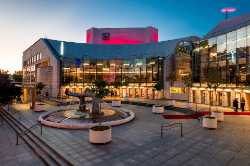 New Slovak National Theatre
Bratislava
New Slovak National Theatre
Bratislava
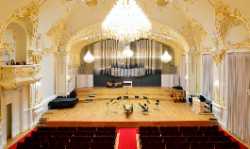 Philharmonic Reduta Building
Bratislava
Philharmonic Reduta Building
Bratislava
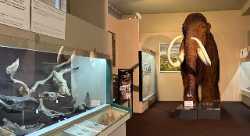 Natural Science Museum
Bratislava
Natural Science Museum
Bratislava
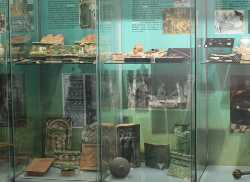 Archaeological Museum
Bratislava
Archaeological Museum
Bratislava
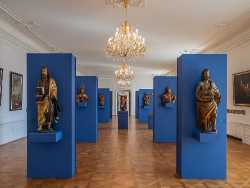 Museum of History
Bratislava
Museum of History
Bratislava
 Museum of Hungarian Culture in Slovakia
Bratislava
Museum of Hungarian Culture in Slovakia
Bratislava
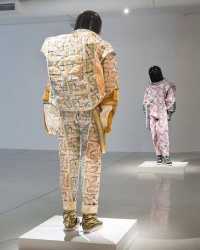 Otis Laubert Museum
Bratislava
Otis Laubert Museum
Bratislava
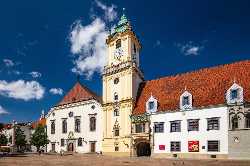 Old Town Hall – City history exhibition
Bratislava
Old Town Hall – City history exhibition
Bratislava
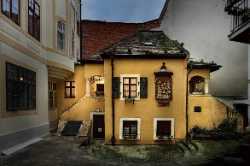 Memorial House of J. N. Hummel
Bratislava
Memorial House of J. N. Hummel
Bratislava
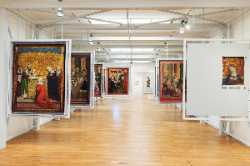 Slovak National Gallery
Bratislava
Slovak National Gallery
Bratislava
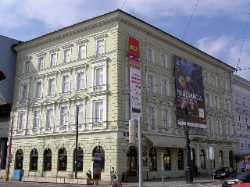 Bratislava City Gallery
Bratislava
Bratislava City Gallery
Bratislava
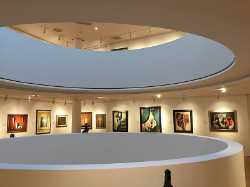 Nedbalka Gallery
Bratislava
Nedbalka Gallery
Bratislava
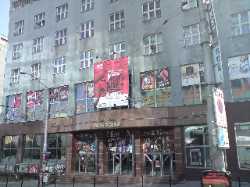 New Stage Theatre
Bratislava
New Stage Theatre
Bratislava
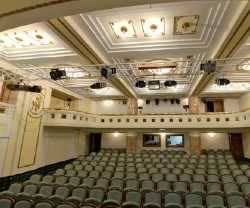 Astorka Korzo
Bratislava
Astorka Korzo
Bratislava
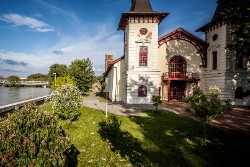 Arena Theatre
Bratislava
Arena Theatre
Bratislava
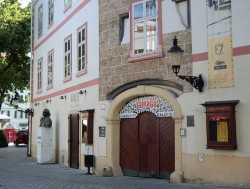 GUnaGU Theatre
Bratislava
GUnaGU Theatre
Bratislava
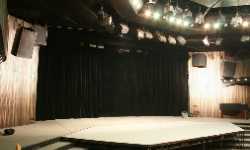 Studio L+S
Bratislava
Studio L+S
Bratislava
 Radošina Naive Theatre
Bratislava
Radošina Naive Theatre
Bratislava
 Puppet Theatre Bratislava
Bratislava
Puppet Theatre Bratislava
Bratislava
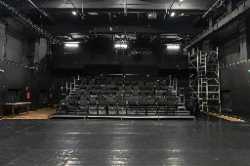 A4 – Space for Contemporary Culture
Bratislava
A4 – Space for Contemporary Culture
Bratislava
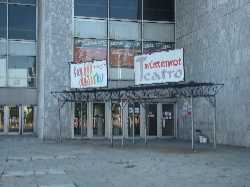 Teatro Bratislava
Bratislava
Teatro Bratislava
Bratislava
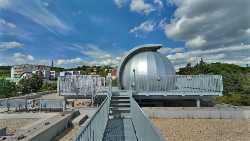 Hvezdáreň Bratislava
Bratislava
Hvezdáreň Bratislava
Bratislava